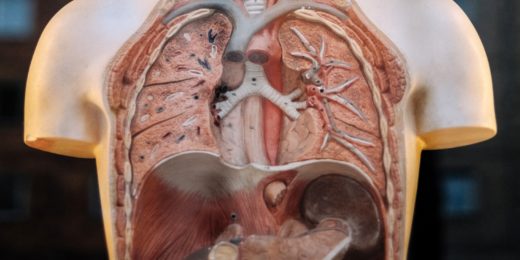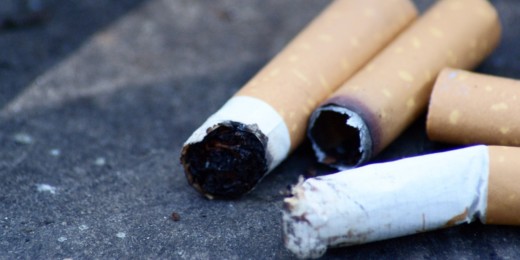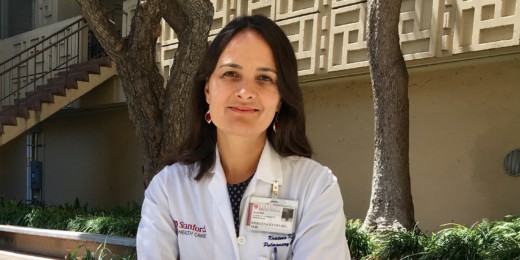By scouting for a particular immune cell in the blood, scientists can tell which patients with a lung-scarring disease are at higher risk for death.
Category: Lung Health
Food allergies more widespread in adults than previously suspected, new study finds
About 31 million U.S. adults have food allergies, nearly half of which develop after age 18, findings that surprised food allergy experts.
Global Climate Action Summit: A focus on kids and climate
At the Global Climate Action Summit recently, Stanford researchers emphasized the importance of the effects of climate change on children's health.
Third-hand smoke increases asthma severity in mice
Exposure to 'third-hand smoke' — that is, the chemicals left behind on household surfaces after smoke has dissipated — increases the severity of asthma symptoms in mice. Stanford researchers are working to learn how this happens, and whether it might be possible to protect people with asthma from this exposure.
Stanford team tests sleep monitoring for asthma patients
Ask a child with asthma how easily he or she can breathe, and you won’t get an objective answer. But where Q&A fails, technology can take over, according to a team of Stanford researchers who are developing a way to predict asthma attacks in advance.
Breathing easy: Synthetic lung surfactant could save lives, at low cost
What makes breathing possible is a thin coating of a soaplike film, or surfactant, that lowers the tension of the lung’s inner surface. Premature babies and adults with lung injuries are short on surfactant, and replacing it has been prohibitively pricey. That may be about to change.
Stars of Stanford Medicine: Pulmonary hypertension and education
This Stars of Stanford Medicine Q&A features Kristina Kudelko, who specializes in pulmonary hypertension. She also runs, loves music and spending time with her family.








